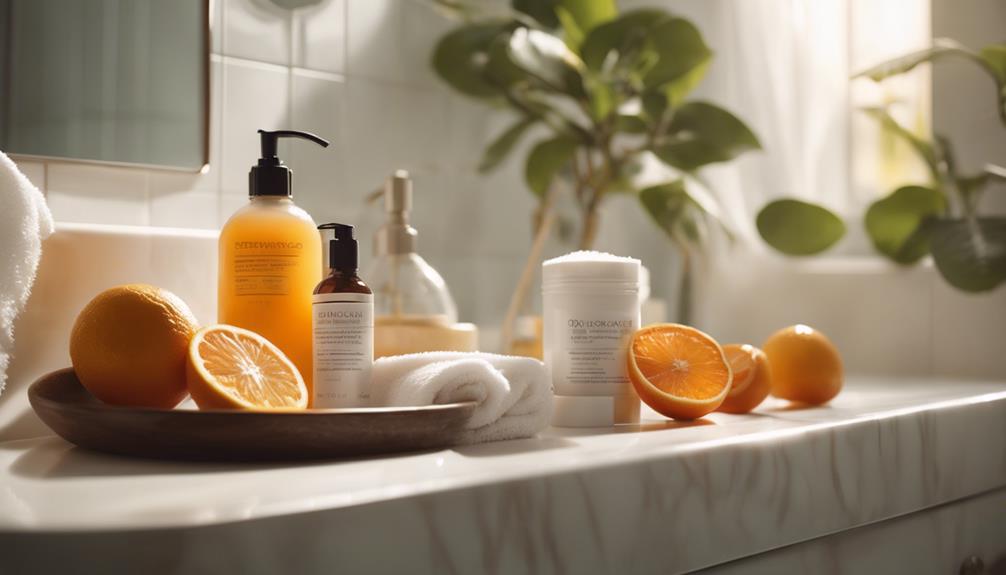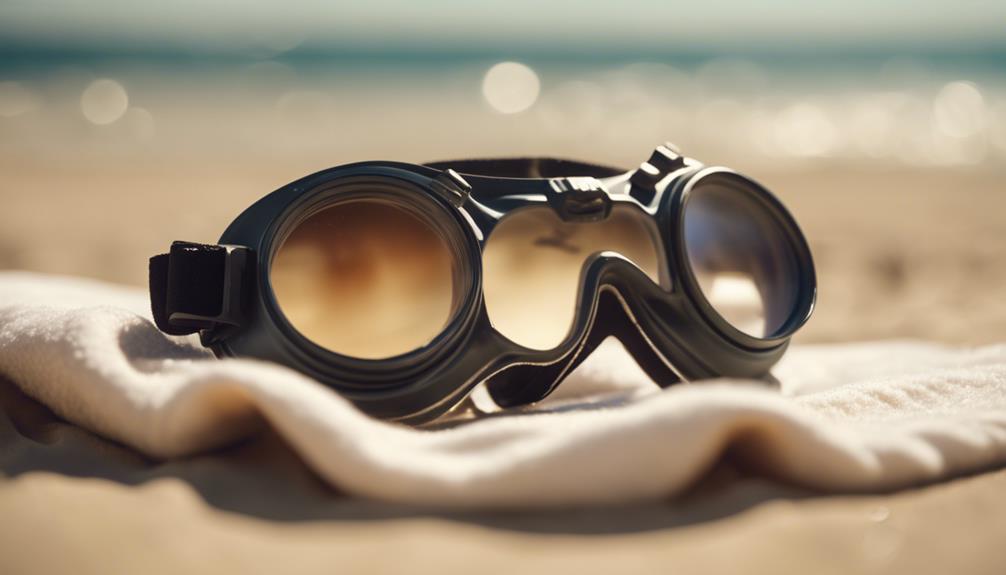To prep your skin for tanning success, start by evaluating your skin type. Remove makeup and jewelry and exfoliate the day before to eliminate dead skin. Shave before your session to avoid irritation, and apply a non-oil-based moisturizer to keep your skin hydrated. Choose the right tanning products that complement your skin tone and test them to prevent irritation. Always use protective goggles and consult experts for safe tanning practices. Finally, maintain hygiene in tanning beds to protect your skin. There's more to discover about achieving a perfect tan and caring for your skin afterward!
Key Takeaways
- Remove makeup and jewelry, and shower the day before to allow your skin to breathe and prepare for tanning.
- Exfoliate to eliminate dead skin cells and shave beforehand to prevent irritation during the tanning process.
- Apply a non-oil based moisturizer to hydrate your skin and enhance the tanning results.
- Conduct patch tests for new products and check medications for UV sensitivity prior to tanning.
Assessing Your Skin Type
To effectively prepare for tanning, you need to assess your skin type, as it plays an essential role in determining how well your skin will respond to UV exposure.
If you have fair skin, you're likely to burn more easily, while darker skin tones tend to tan more efficiently. Blondes and redheads with light eyes might find it challenging to achieve a golden glow, whereas those with darker features generally tan quicker.
Consulting a tanning expert can provide personalized advice based on your skin type.
Additionally, always check your skincare products for compatibility and perform a patch test for any new items. Understanding your skin type is vital for achieving the best results while minimizing risks.
Essential Skin Preparation Steps
Preparing your skin for tanning involves several essential steps that enhance your results and protect your skin.
First, remove all makeup and jewelry to let your skin breathe.
Shower the day before and exfoliate to get rid of dead skin cells, ensuring an even tan.
If you shave, do it before your tanning session to avoid irritation.
Apply a non-oil based moisturizer to hydrate your skin, which helps the tanning process.
Check any medications you take for UV sensitivity, and conduct a patch test for new products to prevent allergic reactions.
Following these steps will prepare your skin effectively, setting the stage for a beautiful, sun-kissed glow while keeping your skin healthy.
Selecting Tanning Products
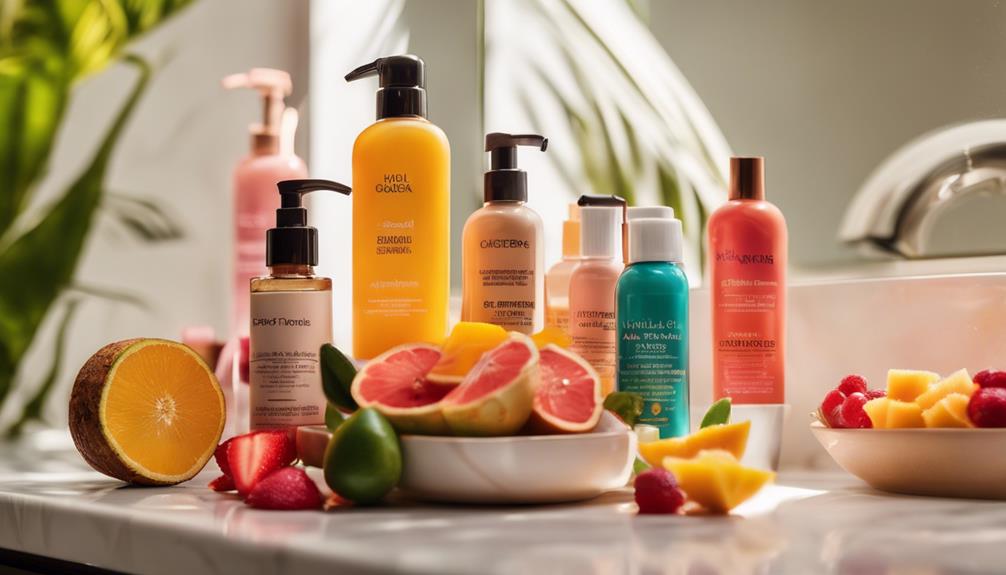
Choosing the right tanning products can greatly enhance your tanning experience and help you achieve that perfect sun-kissed look. Start by selecting a bronzer that complements your skin tone.
Here are three key points to take into account:
- Buildable Formula: Look for a bronzer that allows you to adjust the intensity to your liking, giving you more control over your tan.
- Skin Type Compatibility: Choose non-oil-based matte bronzers for oily skin, while shimmering bronzers work best for dry skin.
- Pre-Application Test: Always test a small patch of skin before full application to verify the bronzer suits your skin without causing irritation.
With the right products, you'll be well on your way to achieving that beautiful glow!
Safety Measures for Tanning
Safety measures are essential to guarantee a healthy tanning experience and minimize risks associated with UV exposure.
Always consult tanning salon professionals for personalized session recommendations and adhere to their safety guidelines.
Using protective goggles specifically designed for tanning is vital to shield your eyes from harmful UV rays—don't use regular sunglasses.
If you have fair or sensitive skin, seek medical advice before tanning, and be sure to apply SPF lip balm to protect your lips.
Limit your tanning sessions to the recommended timeframes to avoid burns, and stay hydrated to maintain skin elasticity.
Maintaining Tanning Bed Hygiene
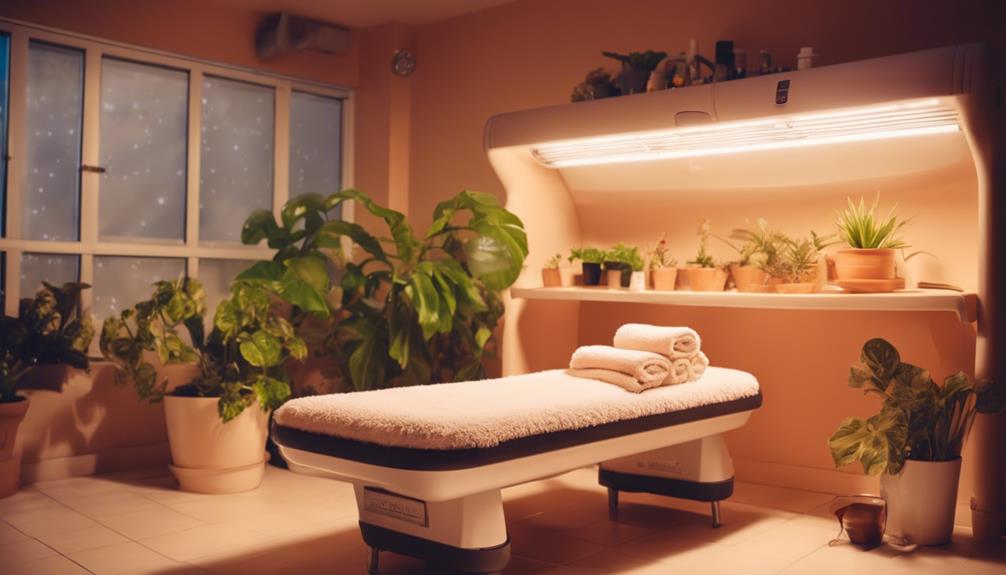
Maintaining proper hygiene in tanning beds is essential to prevent skin infections and guarantee a safe tanning experience. To ascertain cleanliness, follow these key practices:
- Disinfect After Use: Always clean the tanning bed with disinfectant wipes or sprays designed for tanning beds immediately after your session, focusing on areas that directly contact your skin.
- Avoid Sharing: Don't share tanning beds with friends or family to minimize the risk of cross-contamination. Each user should have their own tanning time.
- Schedule Deep Cleans: Encourage the tanning salon to perform monthly deep cleans to ascertain thorough sanitation and reduce the buildup of bacteria.
Exploring Healthy Tanning Options
If you're looking for a bronzed look without the risks of UV exposure, healthy tanning alternatives are worth considering. Sunless tanners, like lotions, creams, and sprays, offer customizable shades without harmful rays. You can also use bronzing powders for an instant glow, or natural oils like coconut and olive oil for a subtle sheen.
Here's a quick comparison of some options:
| Tanning Option | Pros |
|---|---|
| Sunless Tanners | Customizable, no UV exposure |
| Bronzing Powders | Instant results, easy application |
| Natural Oils | Hydrating, subtle glow |
| Self-Tanning Mousse | Fast-drying, streak-free finish |
Choose the option that fits your lifestyle, and enjoy a safe, radiant tan!
Post-Tanning Skin Care Tips
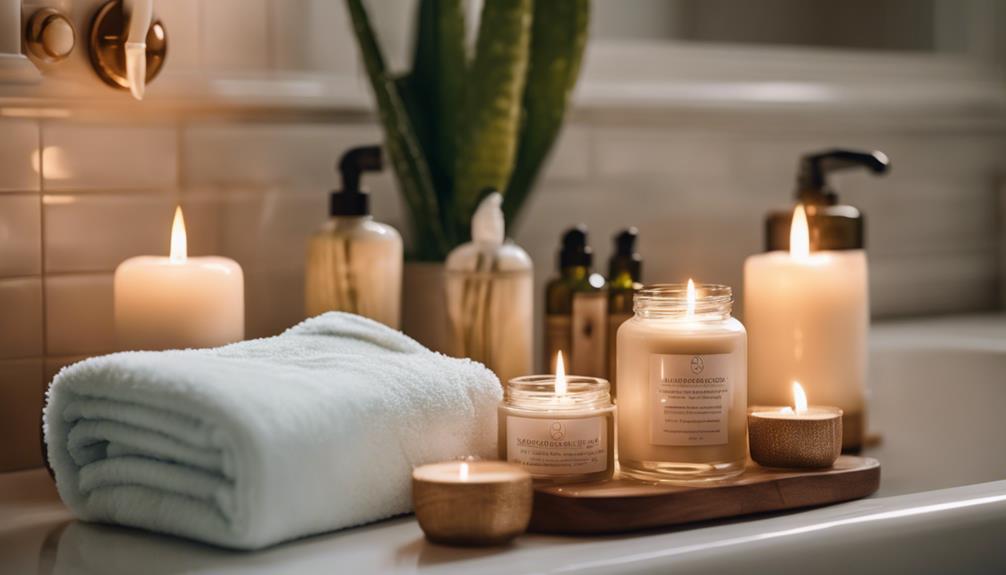
After achieving that perfect tan, it's important to focus on post-tanning skin care to keep your glow looking fresh and vibrant. Follow these essential tips to maintain your tan:
- Moisturize daily: Use a hydrating lotion to lock in moisture and extend your tan's longevity. Look for products with aloe vera or coconut oil for added nourishment.
- Avoid exfoliation: Steer clear of scrubs and harsh cleansers for at least a week. This helps prevent your tan from fading unevenly.
- Stay hydrated: Drink plenty of water to keep your skin hydrated from the inside out, which helps maintain that sun-kissed look.
Frequently Asked Questions
How Often Should I Tan for Optimal Results?
For ideal results, you should tan about once or twice a week, depending on your skin type and desired shade. Always listen to your skin and adjust frequency to avoid burns or irritation.
Can I Tan if I Have Tattoos?
Yes, you can tan with tattoos, but protect them. Cover your ink to prevent fading, apply sunscreen, and consider using a lighter tanning product to avoid uneven color. Always consult your tattoo artist for advice.
What Should I Wear During a Tanning Session?
When you're tanning, wear minimal clothing to guarantee even coverage and avoid tan lines. Opt for a swimsuit or designated tanning garment, and consider protective eyewear to safeguard your eyes from UV exposure during the session.
How Do I Know if I'm Over-Tanning?
You'll know you're over-tanning if your skin feels red, warm, or painful. Watch for peeling or excessive dryness, too. If you notice these signs, it's best to reduce your tanning sessions and give your skin a break.
Can I Use Tanning Beds While Pregnant?
Using tanning beds while pregnant is like dancing on a tightrope—risky. The UV exposure can affect your baby. It's best to consult your doctor before making any decisions regarding tanning during pregnancy.
Conclusion
Now that you're equipped with the know-how to prep your skin for tanning success, it's time to put this knowledge into action.
Remember, taking care of your skin is key to enjoying that sun-kissed glow without any hiccups.
By following these steps, you'll not only look great but also keep your skin healthy.
So, don't just wing it—be proactive and make your tanning experience a safe and radiant one!
Your skin will thank you for it!
